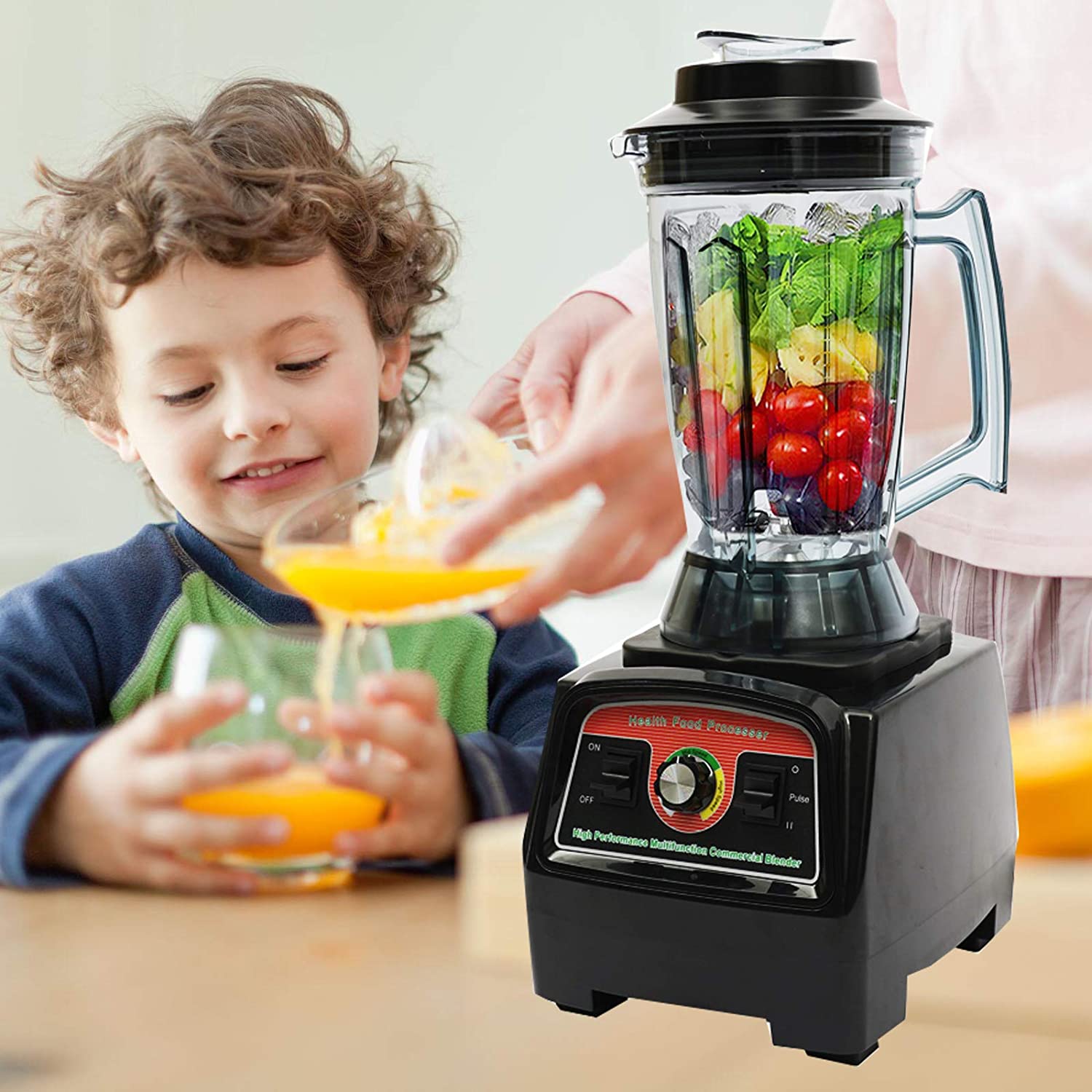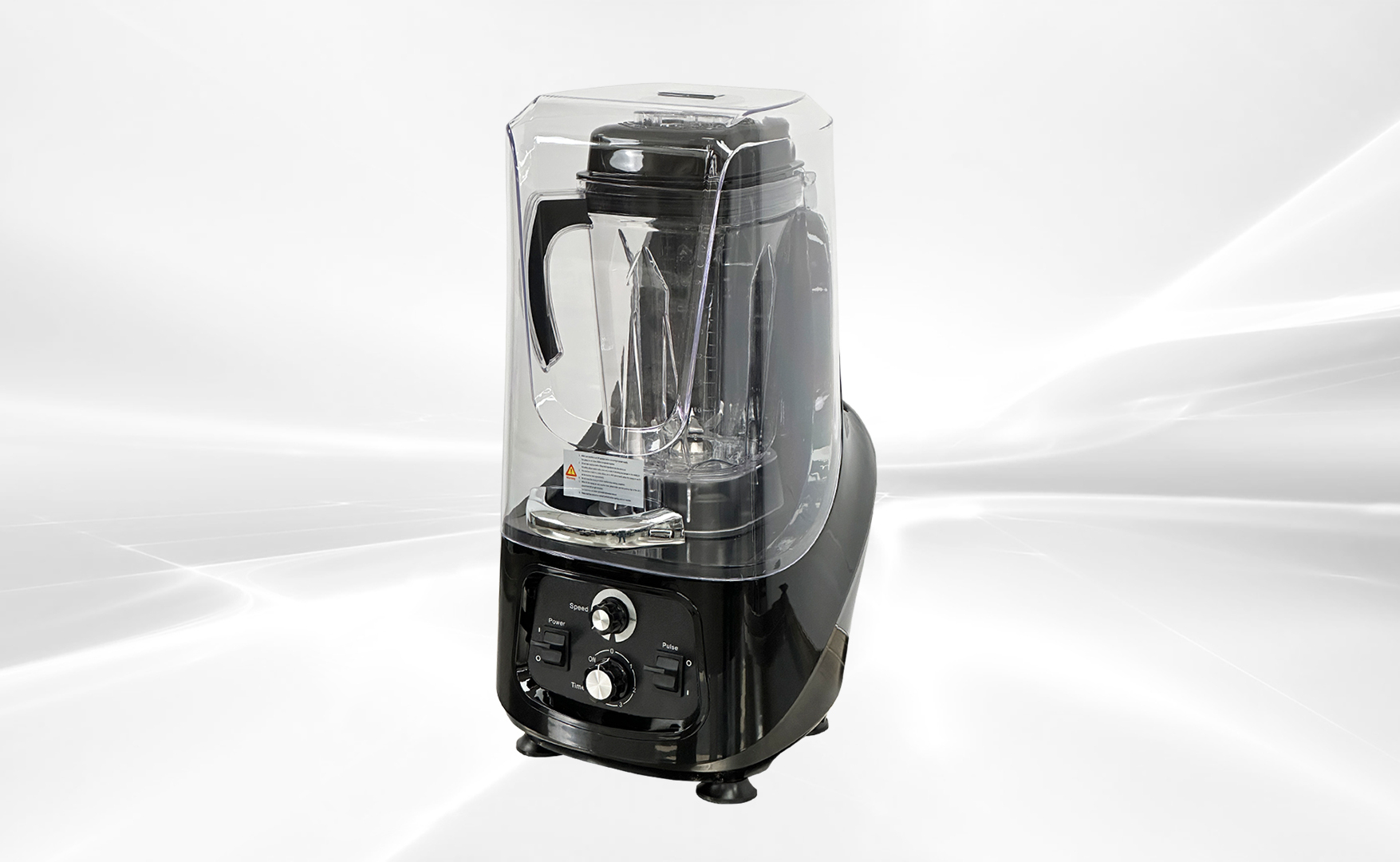Commercial blender are essential appliances in professional kitchens, catering businesses, and various food establishments. They are designed to handle high-volume blending tasks and provide efficient and reliable performance. Commercial blenders come in various styles and configurations, each uniquely suited for different purposes. In this comprehensive guide, we will explore the different styles of commercial blenders, discussing their features, functionalities, and suitability for specific applications. By understanding the diverse options available, you can confidently choose the right commercial blender style to meet your business’s blending needs.
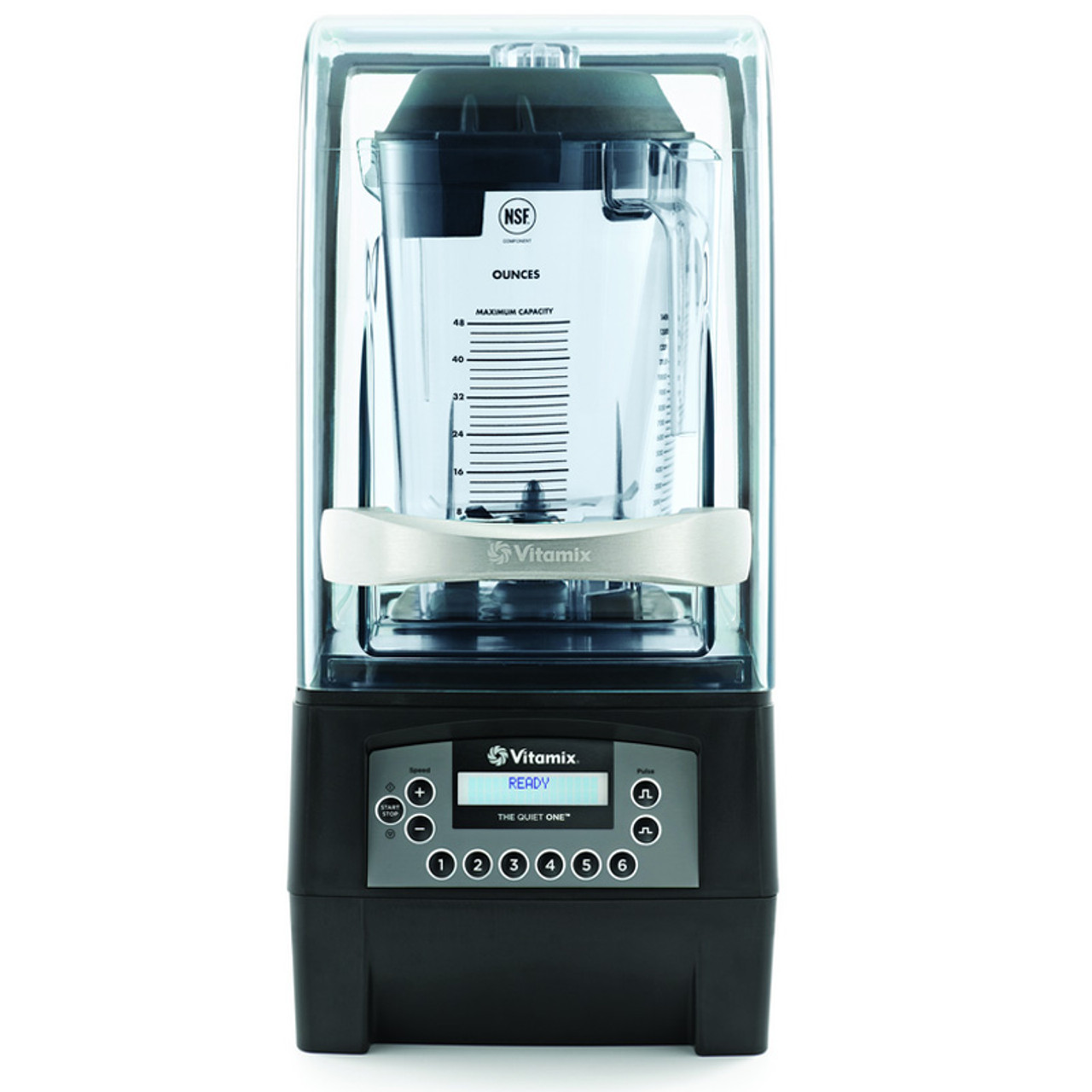
Countertop Blenders:
Countertop blenders are the most common style found in commercial kitchens. They are versatile and widely used for various blending applications, including crushing ice, blending smoothies, pureeing soups, and making sauces. Key features of countertop blenders include:
- Motor Power: Countertop blenders are available in different power capacities, ranging from 500 to 1500+ watts. Higher wattage blenders provide more power and enable efficient blending of dense and heavy ingredients.
- Jar Size: Countertop blenders typically come with a removable blending jar made of BPA-free plastic, glass, or stainless steel. Jar sizes can range from 32 to 64 ounces or more, allowing for large batch preparation or individual servings.
- Speed Settings: Most countertop blenders offer multiple speed settings, allowing users to control the blending process. Some models may also have preset programs for specific tasks such as ice crushing or smoothie making.
Immersion Blenders:
Also known as stick or hand blenders, immersion blenders are convenient and versatile tools commonly used in commercial kitchens. They feature a wand-like design with a blending blade at one end. Immersion blenders are ideal for tasks such as pureeing soups, sauces, and small batch blending. Key features of immersion blenders include:
- Versatility: Immersion blenders are lightweight and portable, allowing for easy maneuverability and efficient blending directly in pots, bowls, or other containers.
- Variable Speed Control: Many immersion blenders offer variable speed control, allowing for precise blending and customization of texture and consistency.
- Attachments: Immersion blenders often come with various attachments, including whisk attachments for whipping cream and beating eggs, as well as chopping attachments for tasks like chopping fruits, vegetables, or nuts.
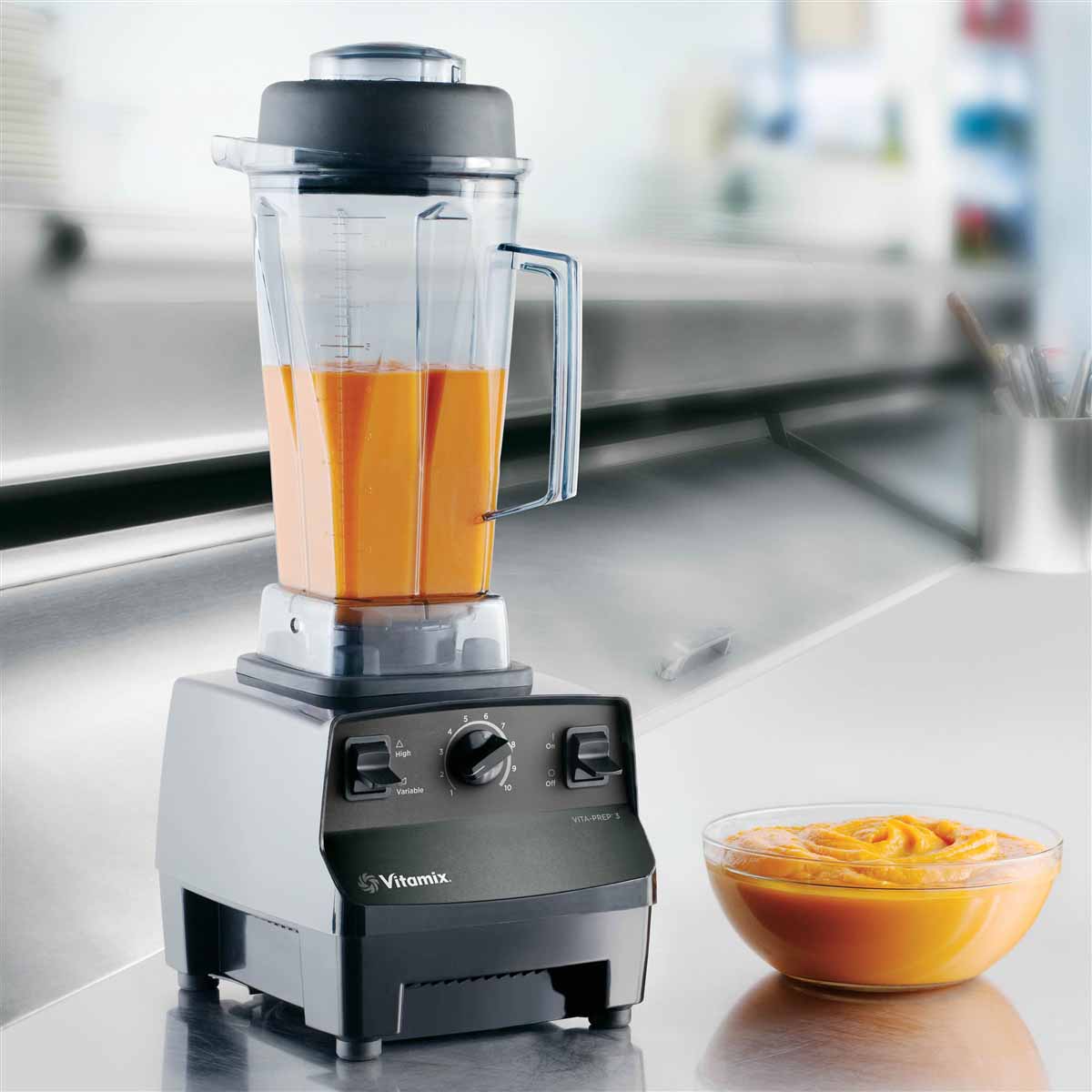
High-Performance Blenders:
High-performance blenders are heavy-duty machines designed for demanding commercial applications. They are built with powerful motors and robust components to handle tough ingredients and frequent use. Key features of high-performance blenders include:
- Motor Power and Blades: High-performance blenders typically feature motors with wattage exceeding 1500. They also utilize advanced blade designs, such as multi-level or winged blades, for efficient blending and pulverizing of ingredients.
- Speed and Programmable Settings: These blenders often offer variable speed control and programmable settings for different blending tasks. Some models come with pre-set programs for smoothies, ice cream, or hot soups.
- Tamper: Many high-performance blenders include a tamper—a tool used to push ingredients down into the blades and ensure even blending. This feature is particularly useful for thick and dense mixtures.
Commercial Blenders with Sound Enclosures:
Commercial blenders with sound enclosures are designed to reduce noise levels in busy commercial environments. These blenders feature a noise-reducing enclosure that surrounds the blending jar, minimizing the sound produced during the blending process. Key features of commercial blenders with sound enclosures include:
- Noise Reduction: The primary focus of these blenders is to reduce noise levels, making them ideal for businesses that prioritize a quiet operating environment.
- Performance and Capacity: commercial blender with sound enclosures typically have similar performance capabilities as their regular counterparts, offering high-power motors and large blending jar capacities.
- Convenience and Design: These blenders often have a hinged or removable sound enclosure, allowing for easy cleaning and access to the blending jar. The enclosure also adds a sleek and professional look to the blender.

How to use a commercial blender
A commercial blender is a powerful kitchen appliance designed to handle high-volume blending tasks in professional settings like restaurants, cafes, and bars. To maximize its performance and ensure safe operation, it is essential to understand how to use a commercial blender correctly.
Safety Precautions:
Before using a commercial blender, it is important to follow these safety precautions:
- Read the Manual: Familiarize yourself with the specific instructions and safety guidelines provided by the manufacturer. Each commercial blender may have unique features and operating requirements that need to be understood.
- Electric Safety: Ensure that the power cord is in good condition and properly grounded. Avoid using the blender near water or with wet hands to minimize the risk of electrical shock.
- Overloading: Avoid overloading the blender beyond its designated capacity. Overloading can strain the motor and lead to overheating or motor failure.
- Blades and Containers: Handle the blades and blending containers with care to prevent accidental cuts or injuries. Exercise caution when cleaning or removing ingredients from the blender.
Assembly:
Proper assembly is essential to ensure the safe and efficient operation of a commercial blender. Follow these steps for correct assembly:
- Attach the Blade Assembly: Place the blade assembly onto the base of the blender jar. Ensure that it is securely tightened to prevent any leaks during blending.
- Secure the Blender Jar: Place the blender jar onto the base unit and align it correctly. Rotate it clockwise until it locks securely in place.
- Lid Placement: Attach the lid onto the blender jar, making sure it fits snugly. Some blender lids include a removable center cap or feeder cap, which can be used to add ingredients while blending.
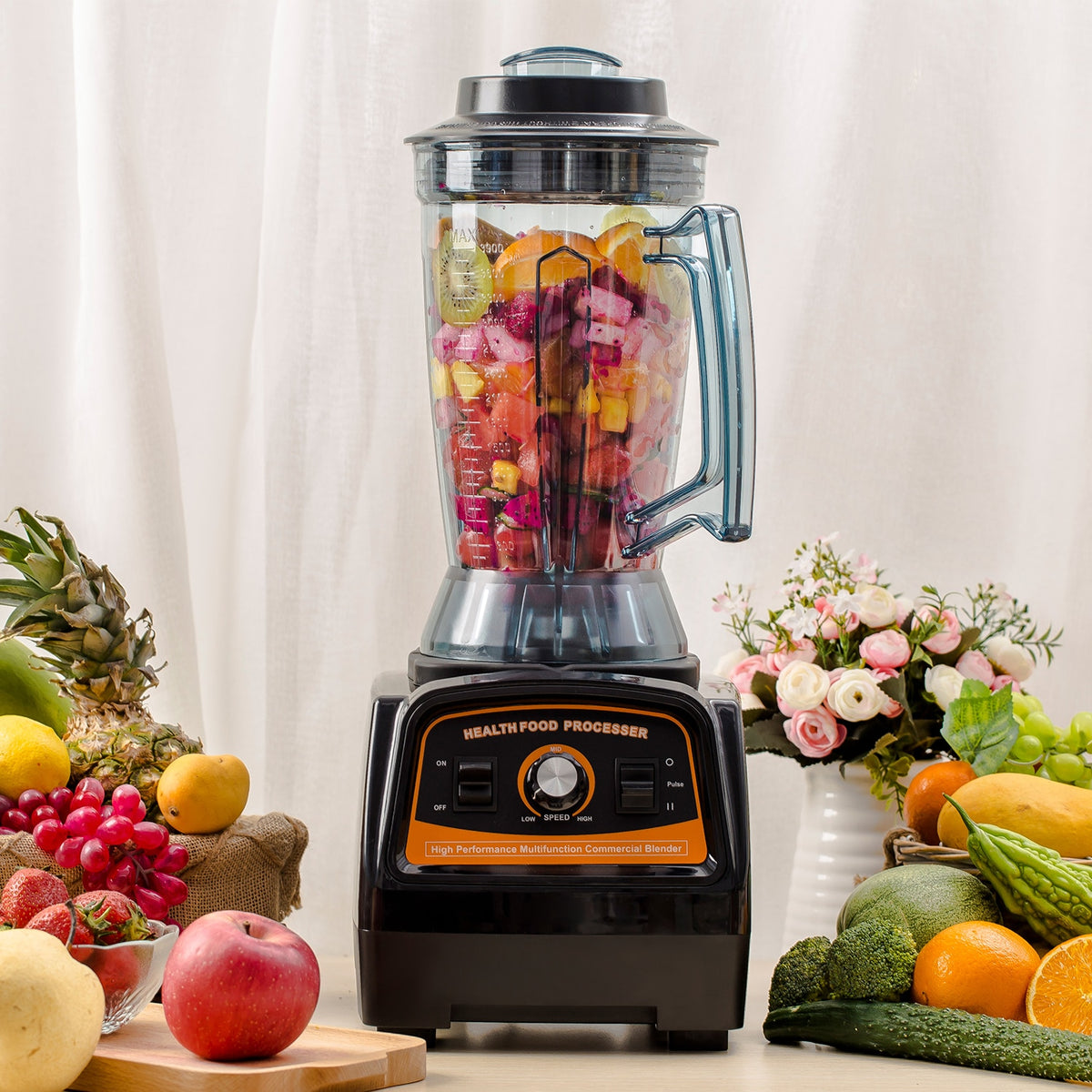
Blending Techniques:
Using proper blending techniques will help achieve desired results with a commercial blender. Consider the following steps:
- Add Ingredients: Begin by adding the desired ingredients to the blender jar. Check the maximum capacity of the blender and avoid exceeding it to ensure proper blending and avoid spills.
- Start at Low Speed: Start the blender at a low speed setting to ensure that the ingredients are evenly distributed before increasing the speed. This helps prevent splashback and allows for more efficient blending.
- Increase Speed Gradually: Gradually increase the blender’s speed to the desired level while monitoring the blending process. Higher speeds are typically used for tougher ingredients or to achieve a smoother texture.
- Pulse Function: Many commercial blenders have a pulse function that allows for short bursts of high-speed blending. This function is useful for achieving the desired consistency without overblending.
Conclusion:
Commercial blenders come in various styles, each catering to specific blending needs and environments. Countertop blenders are versatile and widely used, while immersion blenders offer convenient handheld operation. High-performance blenders provide exceptional power and performance, while commercial blenders with sound enclosures prioritize a quieter operating environment. By understanding the features and functionalities of these different commercial blender styles, you can confidently choose the right model for your business’s blending requirements.
